Hello, amiable friends and fellow Steemians; you are highly welcome to this publication as we are looking into the introductory section of house wiring, so sit tight as we go through this together. Once again, welcome to my blog.
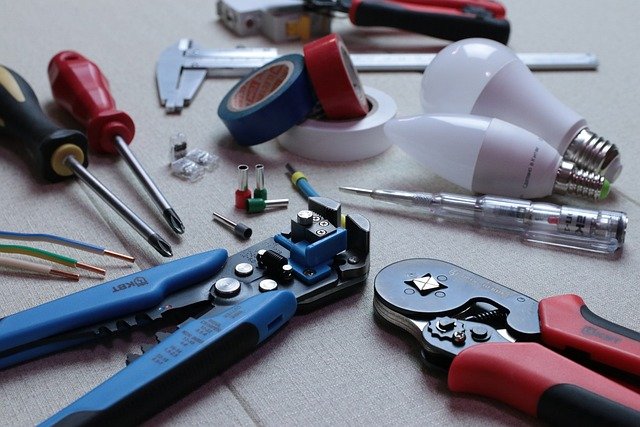 Source Source |
|---|
House wiring is the electrical wiring system that is installed in a building, often residential, for the provision of power, lighting, as well as communication services. It has to do with electrical cable installation, wires, and other equipment for distributing electricity from the chief electrical panel to different parts of the house.
House wiring normally includes:
Electrical Service Entrance:
This is the point where the electrical power grid is connected to the house.
Chief Electrical Panel:
The midpoint of electricity distribution in the house, where the fuse box or main circuit breaker is found.
Branch Circuits:
The smaller electrical circuits branching off from the chief electrical panel to provide power to single rooms or areas.
Wiring:
Insulated electrical wires or cables that transmit electricity from the chief electrical panel to different parts of the house.
Outlets:
Electrical receptacles that make power attainable to appliances, lighting, as well as other devices.
Switches:
Devices controlling the flow of electricity to outlets, lighting fixtures, or other electrical devices.
Lighting Fixtures:
Devices that make provision of lighting, like outdoor lighting, table lamps, or ceiling fixtures.
Copied
Aii. Mention the name and function of the materials mentioned in the picture. Mention their requirements in house wiring.
Names:
The names of the materials mentioned in the above picture are:
- Fuse
- Switch
- Outlet
- Two-pin plug
- Lamp holder
- Neon tester/screwdriver.
Functions & Requirements In House Wiring
Fuse
Functions
Overcurrent Protection: A fuse functions in such a way that it melts and breaks the circuit as soon as the current passing through it surpasses a certain limit. This prevents damage to the circuit and equipment.
Prevents Electrical Fires: Fuse prevents electrical fires from starting by breaking the circuit in a situation of an overcurrent or short circuit.
Indicates Faults: When a fuse blows, it shows that there is a defect in the circuit, which can assist in identifying and correcting the problem.
Short-Circuit Protection: A fuse guards against short circuits, which happen when there is an accidental path of electricity betwixt two or more conductors.
Protects Equipment: A fuse guards electrical equipment, like appliances as well as machinery, from damage caused by extreme current flow.
Requirements in house wiring
- Main Fuse: 60-100 amps, hinging on the size of the electrical panel and the sum of electrical load.
- Branch Circuit Fuses: 15-30 amps, hinging on the class of devices connected to the circuit.
- Appliance Fuses: 20-50 amps, hinging on the definite appliance and its electrical necessity.
Fuse Requirements for Specific Circuits
- Lighting Circuits: Requires 15-20 amp fuses.
- Receptacle Circuits: Requires 15-20 amp fuses.
- Appliance Circuits: Requires 20-50 amp fuses, depending on the particular appliance.
- Heating and Cooling Circuits: Requires 30-60 amp fuses.
Switch
Functions
- Control of Lighting and Appliances: Switches allow for controlling the flow of electricity to appliances, lighting fixtures, and other devices.
- On/Off Control: Switches make provision for an easy on/off control for electrical devices.
- Safety: Switches can assist in preventing electrical shock or fires by allowing for fast turn-off of the power to a circuit or device.
- Convenience: Switches make provision for an expedient way of controlling electrical devices, which makes it simple to turn lights on and off or make adjustments to the lighting level.
Requirements in house wiring
- Rating: Switches should be rated for the definite voltage and required current of the circuit or device they control.
- Type: Switches come in varied types. Therefore, the requirement should depend on the particular application.
- Location: Switches ought to be installed in simple and accessible locations, like close to the entrance to a room or close to the device being controlled.
- Wiring: Switches ought to be correctly wired to guarantee safe as well as proper operation.
- Grounding: Switches ought to be grounded to avert electrical shock.
- Arc Fault Protection: Switches ought to be equipped with arc fault protection for the prevention of electrical fires.
- Tamper-Resistant: Switches ought to be tamper-resistant for the prevention of accidental or intentional tampering.
Outlet
Functions
- Provides Power: Outlets make provision for a safe and easy way to access electrical power for lighting, appliances, and other devices.
- Connects Devices: Outlets allow for the connection of electrical devices, like lamps, televisions, and computers to the electrical system.
- Protects Against Shock Outlets are structured to guard against electrical shock by making provision for a safe path to the ground.
- Meets Safety Standards: It is mandatory for outlets to meet safety standards, to guarantee safe and reliable operation.
Requirements in house wiring
- Rating: It is mandatory for outlets to be rated for the particular voltage and current requirements of the devices they are expected to power.
- Type: Outlets come in various types and capacities. Hence, the type of outlet required should depend on the particular application.
- Location: Outlets ought to be installed in simple and accessible locations, like close to workstations, living areas, and hallways.
- Spacing: Outlets ought to be spaced at a minimum of 12 inches apart and not set apart above 6 feet to guarantee easy access to power.
- Grounding: Outlets ought to be properly grounded to avert electrical shock.
- Arc Fault Protection: It is necessary to equip outlets with arc fault protection to avoid electrical fires.
- Tamper-Resistant: Tamper-resistance should be one of the features of outlets to avoid accidental or intentional tampering.
2-Pin Plug
Functions
- Connection to Electrical Outlet: A 2-pin plug links electrical appliances or devices to a 2-pin electrical outlet.
- Safe and Convenient Connection: The plug makes provision for a safe and easy way of connecting and disconnecting electrical appliances.
- Polarization: The 2-pin plug is polarized, that is to say, it can only be plugged one way into the outlet, mitigating the risk of electrical shock.
- *Current Rating: The plug is rated for a particular current, guaranteeing that it can deal with the electrical load of the connected device.
Requirements in house wiring
- Voltage Rating: The rating of the plug should be for the voltage of the electrical system, for instance, 120V or 230V.
- Current Rating: The rating of the plug ought to be for the maximum current that is drawn by the connected appliance.
- Polarization: The plug ought to be polarized to ensure a safe and error-free connection.
- Insulation: The plug should have satisfactory and sufficient insulation to avert electrical shock.
- Certification: The plug should satisfy relevant safety standards as well as be confirmed by a notable testing organization.
- Wire Size and Type: The plug ought to be connected to the correct size and type of wires for the electrical load.
- Outlet Compatibility: The plug should be consonant with the electrical outlet it will be used alongside.
Neon tester/screwdriver
Functions
- Voltage Detection: The presence of voltage in a circuit is detected with the neon tester/screwdriver plug.
- Circuit Testing It proves the presence of voltage, polarity, and continuity in a circuit.
- Safety: The neon tester/screwdriver plug makes provision for a safe and easy way to examine electrical circuits.
- Insulation Testing: Some models of neon tester/screwdriver are designed to test the insulation resistance of a circuit.
Generally, the switchboard is useful and essential in the following ways:
- Electrical power distribution
- Control of electrical circuits
- Electrical circuits protection
- Electrical circuits monitoring
Bi. What kind of wiring has been done in your home? Mention five advantages of this wiring. |
|---|
The kind of wiring done in my home is a type of surface wiring called "Cleat Wiring".
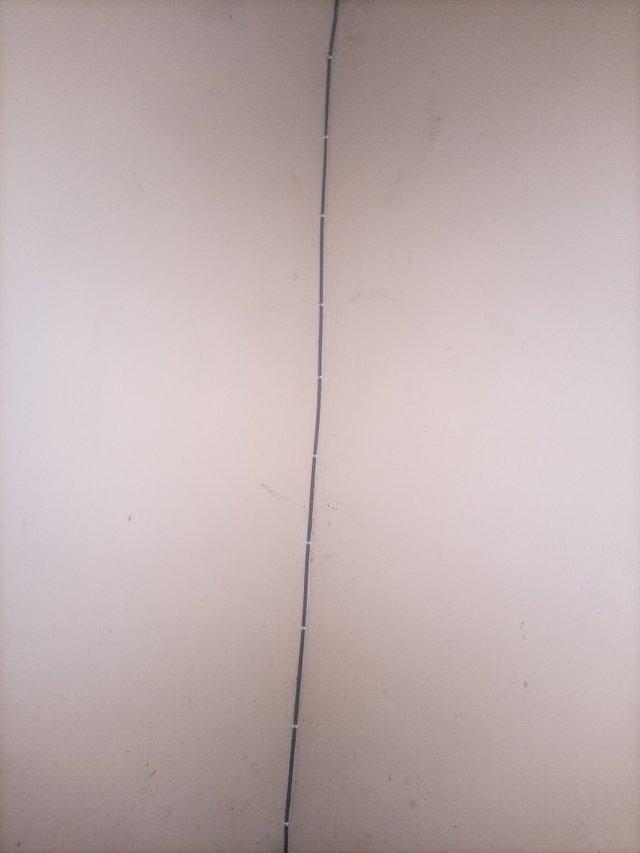
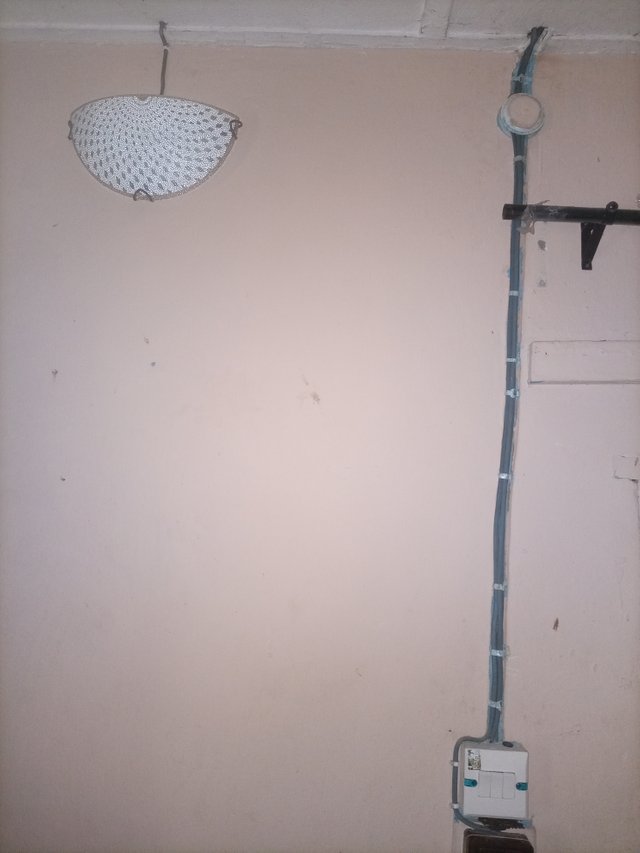
Cleat Wiring is a type of wiring in which cleats (small metal or plastic clips) are used for securing the wires cables to the wall or baseboard.
Below are five advantages of Cleat Wiring:
- Easy Installation: Cleat wiring is somewhat easy to install, as it doesn't need any complex wiring channels or conduits. The cleats are screwed or nailed to the wall or baseboard, and the cable or wires are confined effectually to the cleats.
- Low Cost: Cleat wiring is one of the most cost-effective systems of wiring, as it doesn't need any costly wiring channels or conduits. The cleats and wires are somewhat cheap, rendering it a budget-friendly alternative.
- Flexibility: Cleat wiring gives room for flexibility in wiring design, as the installation of cleats can come in an assortment of configurations to accommodate various wiring layouts.
- Easy Maintenance: Cleat wiring is somewhat simple to maintain, as the wires are accessible without difficulty or discomfort and can be critically or carefully examined and repaired as required. The cleats can be easily removed as well as reinstalled if need be.
- Safety: Cleat wiring is a safe way of wiring, as the wires are effectually closed or confined to the cleats and have low chances of being damaged or tampered with. The cleats also make provision for an explicit visual indication of the wiring layout, rendering it easier to spot and repair any issues.
Overall, cleat wiring is an easy, uncomplicated, cost-effective, and safe way of wiring that is well-suited for manifold residential as well as commercial applications.
ii. Write the advantages of earthing or grounding. At least three. |
|---|
These are the advantages of earthing or grounding:
- Protection from electrical shock: Grounding makes provision of a safe path for the flow of electrical current to the ground, averting electrical shock and injury.
- Mitigates dangers of electrical fires: Earthing helps to prevent electrical fires by making provision for a safe track for the flow of electrical current to the ground.
- Protects electrical appliances: Grounding assists in the protection of electrical appliances from damage resulting from electrical surges and spikes.
- Mitigates electromagnetic interference (EMI): Grounding assists in the reduction of EMI, which can lead to interference with electrical appliances and communication systems.
- Enhances safety in the course of lightning storms: Earthing makes provision for a safe track for lightning strikes to flow to the ground, lowering the dangers of electrical shock and scathe.
- Lowers power surge risks: Earthing assists in reducing the dangers of power surges, which can result in damage to electrical appliances.
- Enhances system reliability: By making provision for a safe path for electrical current to flow to the ground, grounding assists in the improvement of system reliability.
- Mitigates costs of maintenance: Earthing assists in reducing maintenance costs by mitigating the danger of electrical appliance failure.
- Ameliorates personnel safety: Through the reduction of the danger of electrical shock and injury, earthing assists in improving personnel safety.*
- Compliance with safety standards: Grounding is a prerequisite by numerous safety standards, such as the National Electric Code (NEC) and the International Electrotechnical Commission (IEC).
In summary, earthing or grounding is a requisite for a safety measure that makes provision for manifold advantages, such as protection from electrical shock, mitigation of electrical fires, as well as protection of electrical appliances.
Copied
C. Connect the switchboard as per the given diagram and show a load handling (Lamp/Fan). Consistent clear details should be mentioned.
Limitations
- Wire
- Switchboard
- Fuse
- Fan
The limitations mentioned posed a challenge in carrying out this task. I may not be able to access the energy meter due to a shortage of wire also, a fan and switchboard which contains a fuse weren't within my reach at the time of this publication hence, I will be using a socket outlet in place of energy meter and run a simple circuit without a fuse and with just a load of bulb.
| Materials | 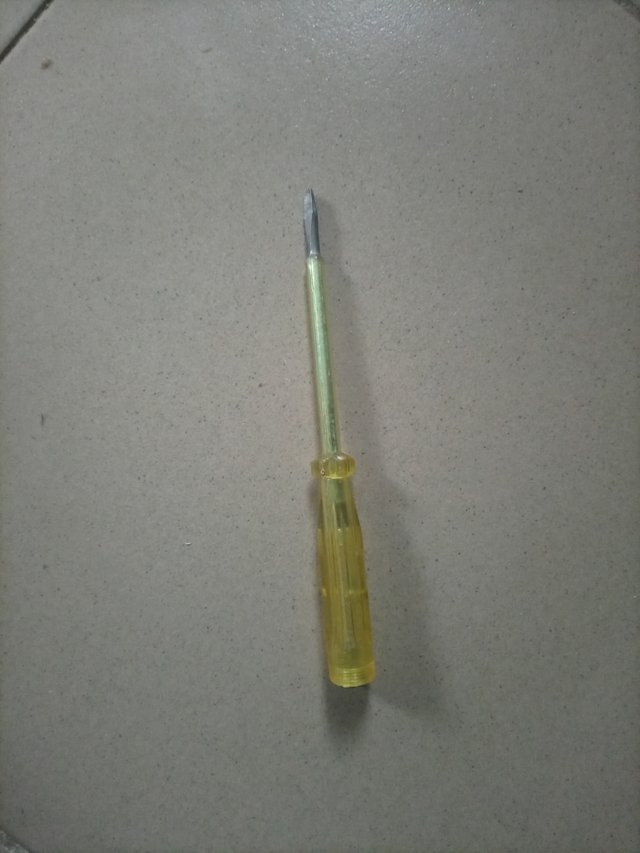 Neon Tester/Screwdriver | 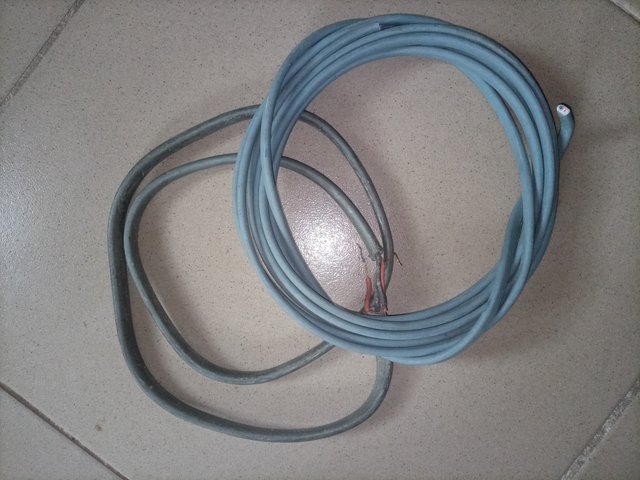 1 mm & 1.5 mm Twin Wire |  220-250v Lamp Holder | 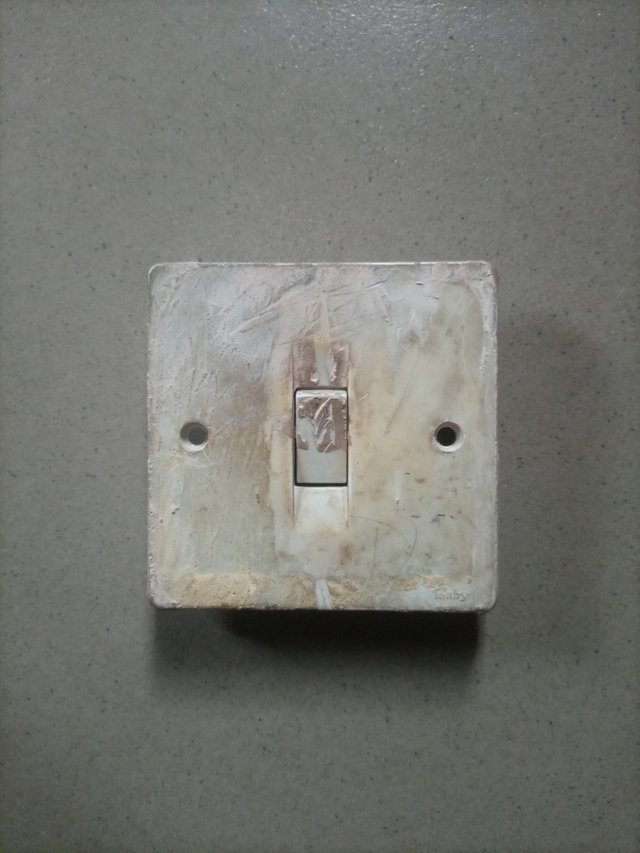 10A 250V 1 Way 1 Gang Light Control Switch | 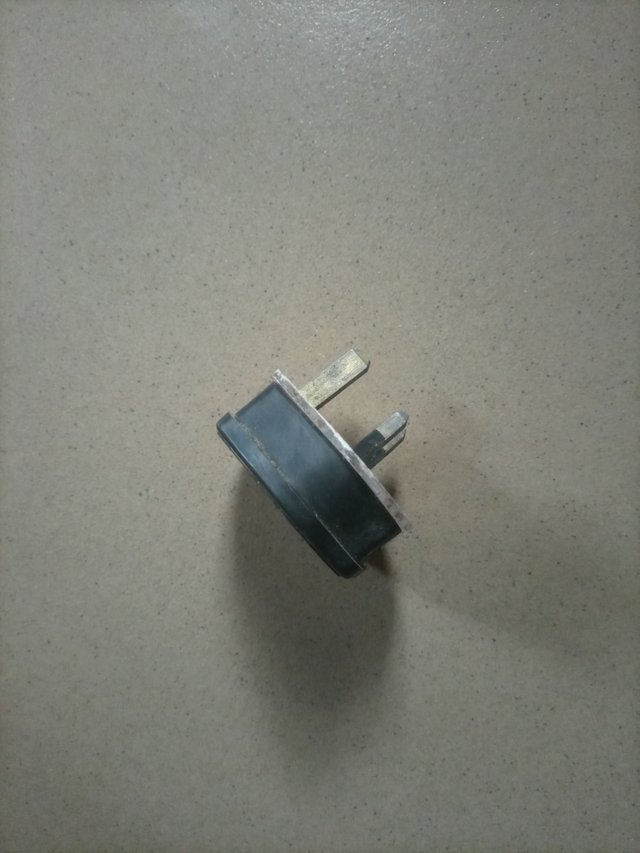 13A 250V Fused Three Pin Plug | 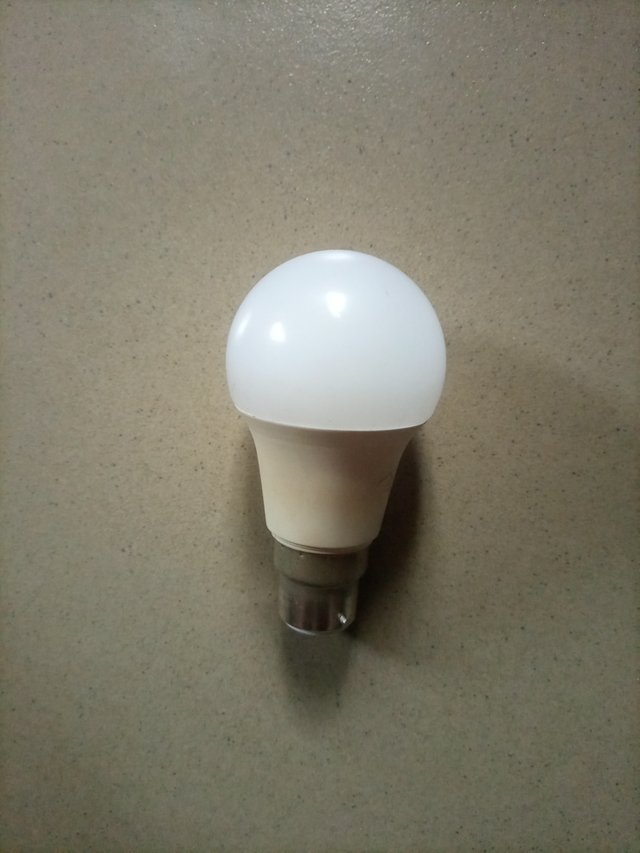 5w 150-265v LED White Bulb |
With this, I am very much sure that I can competently run an error-free house wiring.
The precautions taken while doing electrical wiring are as follows:
It is important to be careful while in electrical work for the following reasons:
This is where we draw the curtain and I am inviting @johnmitchel, @de-creat, and @ogechukwu-martha |
|---|
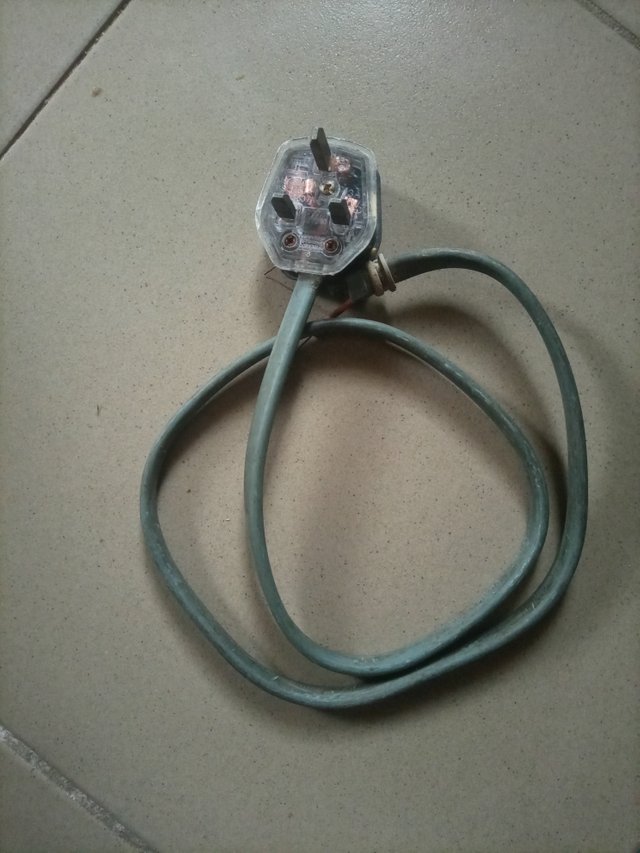
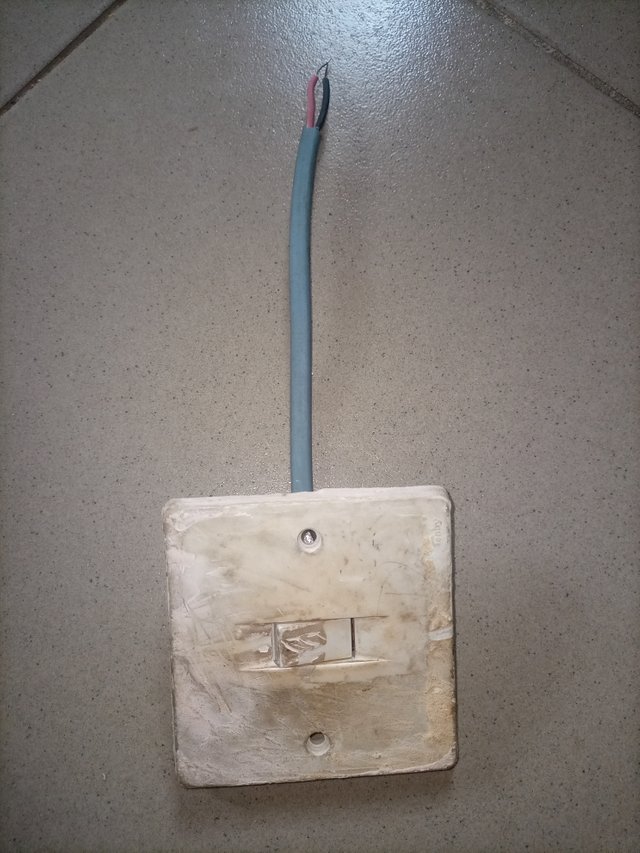
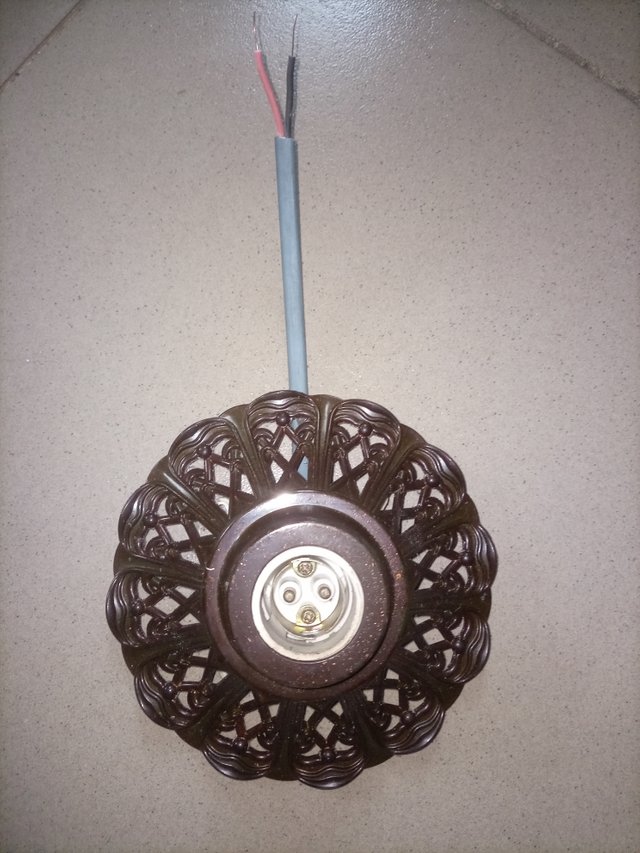
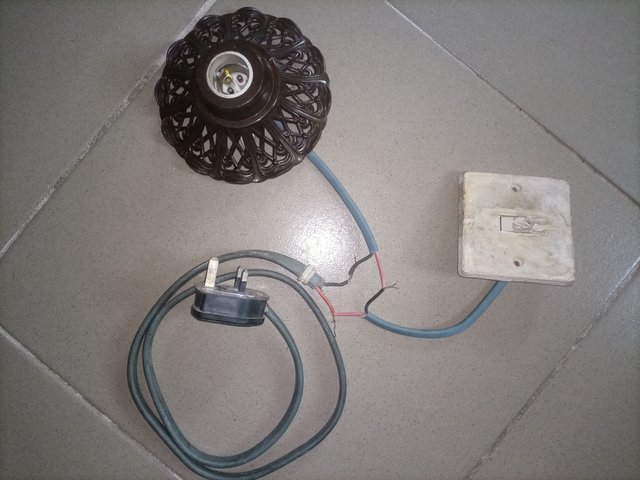
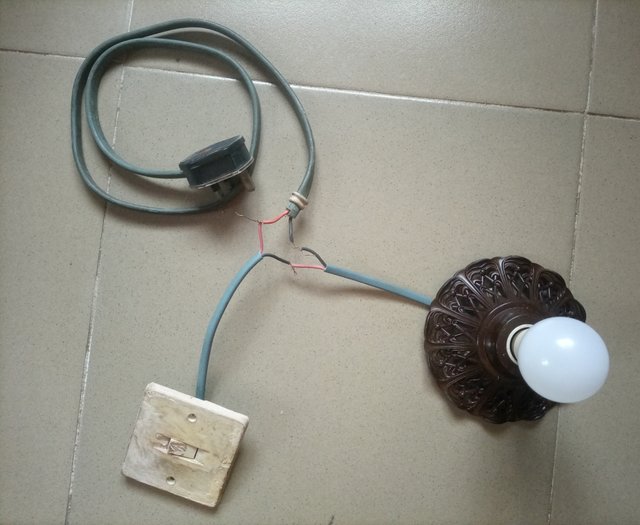
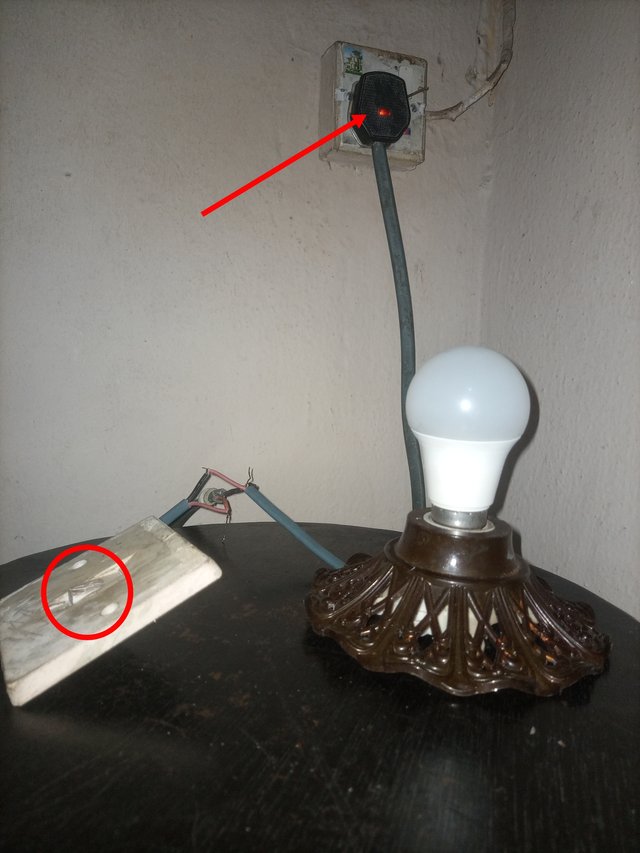
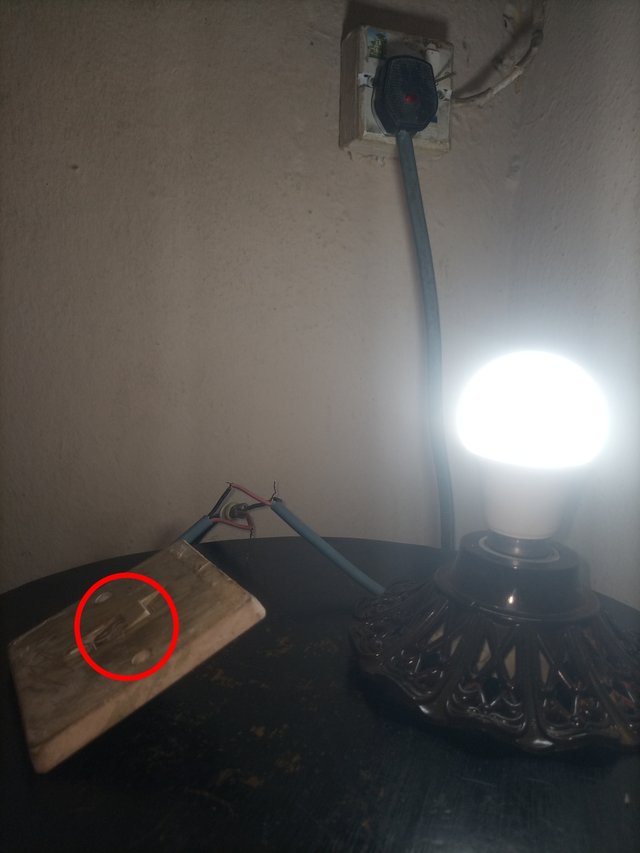
You have presented what you understand as house wiring in a very unique way. Systematic connection wiring for conducting electrical loads. Basically, wiring is an orderly connection from the board to the load. You have a great discussion about house wiring. (2)
You have separated each material from the image. Mentioned the name correctly. It is more interesting that you have presented the functions of each ingredient very clearly. I have mentioned enough description about the materials like switch, fuse, two pin plug, lamp holder etc. You have done very well on this point. (2)
You have completed your activities according to the circuit. You have shown a light being controlled by a switch. Here you have succeeded in controlling a light with a switch. You've done a very thoughtful job here. It would have been more interesting if the entire process was presented with a series of pictures. Maybe you could add some more step pictures. It's great that your procedure was correct, as well as detailing the materials needed. (3.7)
You mentioned the electrical work precautions very well. The precautions you mentioned here in electrical work are very important. Power off is a special precaution. You mentioned a good sentence about circuit diagram. Follow the wiring diagram and instructions strictly, it's really important. Your words of wisdom were clear. (2)
Comment/Recommendation
**Scores| 9.7/10
Downvoting a post can decrease pending rewards and make it less visible. Common reasons:
Submit
Dear User!
Endeavour to share your post on X (Twitter) channel with the tags #steemit #steem $steem.
Exception for those where media isn't in use*
Downvoting a post can decrease pending rewards and make it less visible. Common reasons:
Submit
Noted
Downvoting a post can decrease pending rewards and make it less visible. Common reasons:
Submit